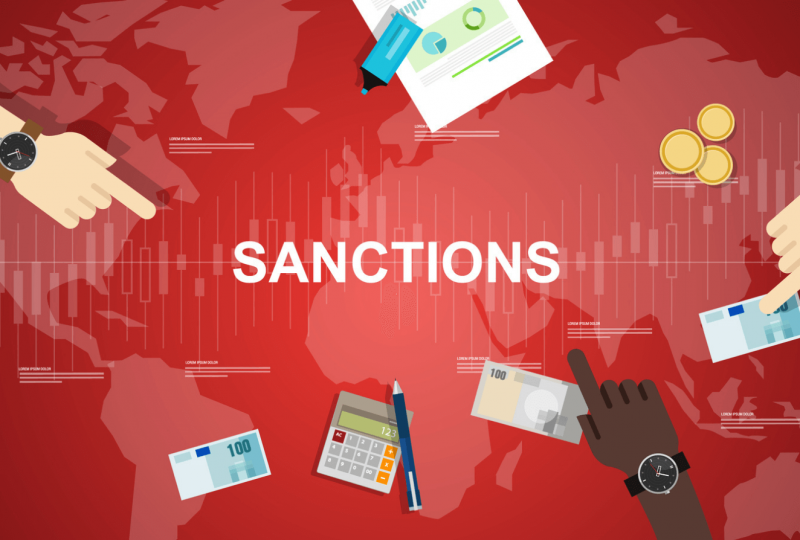Banks Are Strong Financially. Why Earnings Don’t Reflect It
Jul 18, 2022

Second-quarter earnings were even more of a puzzle in a perplexing year for banks, and it could be related to earnings projections.
Simply put, the banks' earnings were less than they were last year and, in many cases, significantly weaker than analyst projections, despite their sound financial standing.
When one bank misses, it raises concerns about the performance of the bank. When numerous banks underperform, it's time to doubt the forecasts. Realizing that an earnings fall doesn't have to be disastrous is crucial for investors.
Profits this year were already anticipated to be lower as the top banks in the country deal with a sharp decline in capital market activity and early indications of a failing economy.
But the fact that last year's earnings were inflated as banks released billions of dollars they had set aside for failed loans—not to mention capital markets activity was ridiculously high—may not have been completely taken into account in this quarter's earnings forecasts.
When expected loan losses didn't occur, those reserves were returned to earnings. Banks are currently increasing their reserves once more as they get ready for a downturn in the economy, although not to the same extent as in 2020.
Just glance at a few of the biggest banks.
JPMorgan Chase (JPM) increased its reserves by $8.9 billion in the second quarter of 2020, $3 billion in the second quarter of 2021, and $400 million in the most recent quarter.
Similar events occurred over the course of the previous two years at Wells Fargo (WFC), which increased reserves by $8.4 billion in the second quarter of 2020, released $1.6 billion the following year, and then increased reserves by $580 million in the most recent quarter.
The Current Expected Credit Losses (CECL) accounting standard, which took effect at the beginning of 2020, is to blame for these swings in reserve builds and releases. It was envisioned that by requiring banks to plan for difficult times even while the economy was doing well, they would be better prepared for when things go south. The reserve increases have added significant volatility to bank profitability since they are for losses that may or may not materialize.
Unfortunately, the economy suffered an extraordinary pandemic-induced shock during the methodology's first year of use. Two years ago, Barron's reported that banks would actually be in a position to outperform despite significant reserve increases.
Wall Street could be unclear on how to forecast the ebb and flow of reserve buildings and releases in the current, more normalized economic cycle. A bank may increase reserves even if its underwriting is strong in order to be extra cautious.
Given this peculiar accounting, it is understandable why numerous banks, including JPMorgan Chase, Morgan Stanley (MS), and Wells Fargo this past week, missed projections and why bank executives become irritable when discussing reserves.
At a conference with analysts, Jamie Dimon, CEO of JPMorgan, stated that the company had "great underlying earnings power" and steady revenues in [the commercial and consumer bank], asset management, custody, and payment services. "Then there are certain streams that are quite variable. Now we have the CECL, which clearly has a wide range of movement. However, once more, that is an accounting entry." he added.
Financial stocks were one of the best-performing sectors in the S&P 500 (SPX) on Friday, suggesting that markets understood that banks remained robust despite earnings setbacks.
This revised norm, however, presents a steep and costly learning curve for banks and their investors.




